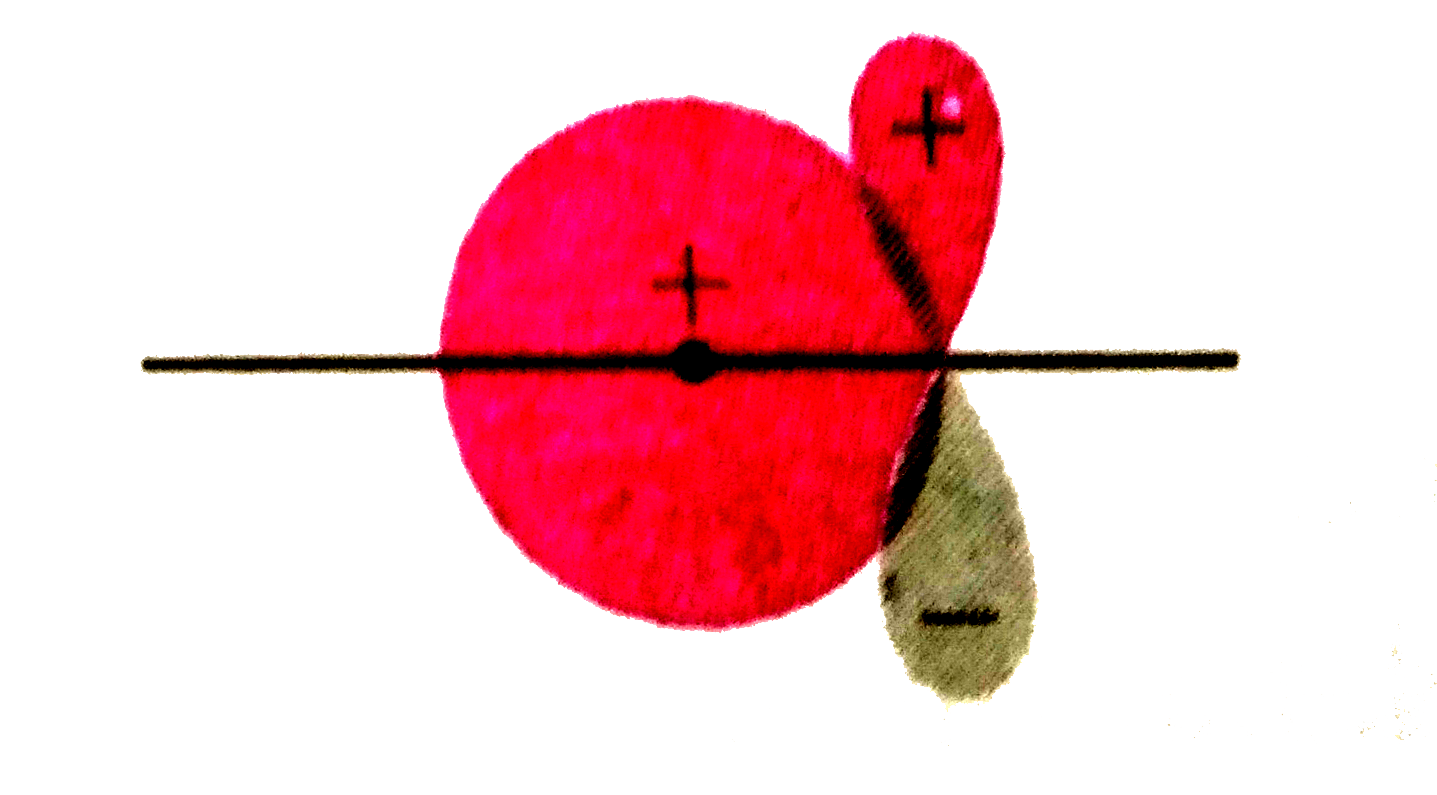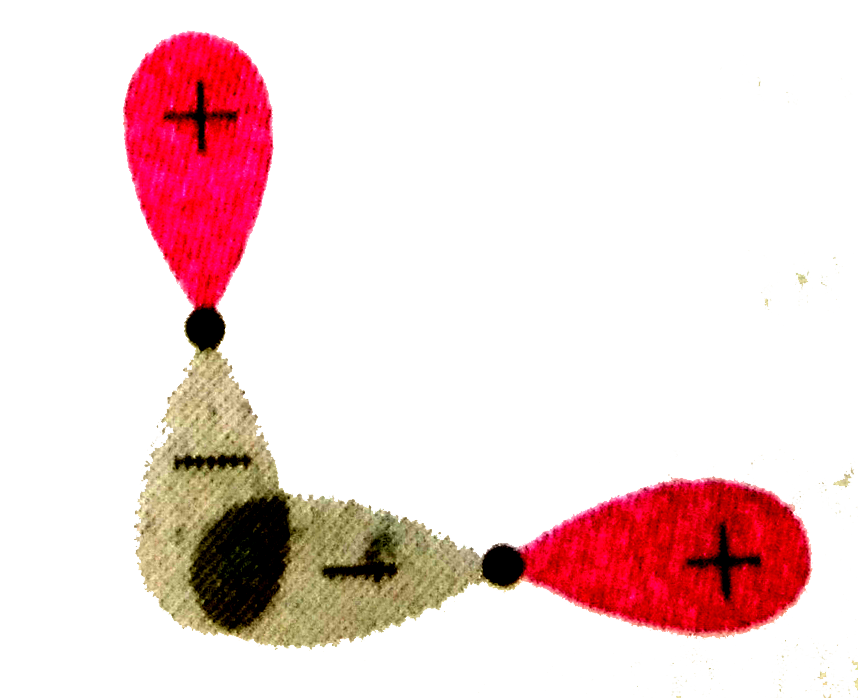Which of the following is an outer orbital complex according to valence bond theory ?
The correct Answer is:3
To determine which of the given complexes is an outer orbital complex according to valence bond theory, we will analyze each option step by step.
Step 1: Analyze Option A - (CoO4)3-
1. Identify the oxidation state of cobalt (Co):
- Let the oxidation state of Co be X.
- The complex has 4 oxygen atoms, each with a charge of -2.
- The overall charge of the complex is -3.
- Therefore, the equation becomes:
X+4(−2)=−3⟹X−8=−3⟹X=+5
2. Determine the hybridization:
- Co in +5 oxidation state will have the electronic configuration of 3d4.
- Since Co is in a high oxidation state and typically forms inner orbital complexes, this complex is likely to be an inner orbital complex.
Step 2: Analyze Option B - (PtCl6)2-
1. Identify the oxidation state of platinum (Pt):
- Let the oxidation state of Pt be X.
- The complex has 6 chloride ions, each with a charge of -1.
- The overall charge of the complex is -2.
- Therefore, the equation becomes:
X+6(−1)=−2⟹X−6=−2⟹X=+4
2. Determine the hybridization:
- Pt in +4 oxidation state belongs to the 4d series.
- Members of the 4d and 5d series typically form inner orbital complexes. Thus, this complex is also an inner orbital complex.
Step 3: Analyze Option C - (Mn(CN)6)3-
1. Identify the oxidation state of manganese (Mn):
- Let the oxidation state of Mn be X.
- The complex has 6 cyanide ions, each with a charge of -1.
- The overall charge of the complex is -3.
- Therefore, the equation becomes:
X+6(−1)=−3⟹X−6=−3⟹X=+3
2. Determine the hybridization:
- Mn in +3 oxidation state will have the electronic configuration of 3d4.
- In the presence of strong field ligands like CN, pairing occurs, leading to the formation of an inner orbital complex.
Step 4: Analyze Option D - (Fe(H2O)5NO)2+
1. Identify the oxidation state of iron (Fe):
- Let the oxidation state of Fe be X.
- The complex has 5 water molecules (neutral) and one NO molecule with a charge of +1.
- The overall charge of the complex is +2.
- Therefore, the equation becomes:
X+5(0)+1=+2⟹X+1=+2⟹X=+1
2. Determine the hybridization:
- Fe in +1 oxidation state will have the electronic configuration of 3d64s2.
- The electronic configuration for Fe+1 is 3d7.
- Since there are no strong field ligands, pairing does not occur, leading to the formation of an outer orbital complex with sp3d2 hybridization.
Conclusion:
- Option A: Inner orbital complex (false).
- Option B: Inner orbital complex (false).
- Option C: Inner orbital complex (false).
- Option D: Outer orbital complex (true).
Thus, the correct answer is Option D.
1. Identify the oxidation state of cobalt (Co):
- Let the oxidation state of Co be X.
- The complex has 4 oxygen atoms, each with a charge of -2.
- The overall charge of the complex is -3.
- Therefore, the equation becomes:
X+4(−2)=−3⟹X−8=−3⟹X=+5
2. Determine the hybridization:
- Co in +5 oxidation state will have the electronic configuration of 3d4.
- Since Co is in a high oxidation state and typically forms inner orbital complexes, this complex is likely to be an inner orbital complex.
1. Identify the oxidation state of platinum (Pt):
- Let the oxidation state of Pt be X.
- The complex has 6 chloride ions, each with a charge of -1.
- The overall charge of the complex is -2.
- Therefore, the equation becomes:
X+6(−1)=−2⟹X−6=−2⟹X=+4
2. Determine the hybridization:
- Pt in +4 oxidation state belongs to the 4d series.
- Members of the 4d and 5d series typically form inner orbital complexes. Thus, this complex is also an inner orbital complex.
1. Identify the oxidation state of manganese (Mn):
- Let the oxidation state of Mn be X.
- The complex has 6 cyanide ions, each with a charge of -1.
- The overall charge of the complex is -3.
- Therefore, the equation becomes:
X+6(−1)=−3⟹X−6=−3⟹X=+3
2. Determine the hybridization:
- Mn in +3 oxidation state will have the electronic configuration of 3d4.
- In the presence of strong field ligands like CN, pairing occurs, leading to the formation of an inner orbital complex.
1. Identify the oxidation state of iron (Fe):
- Let the oxidation state of Fe be X.
- The complex has 5 water molecules (neutral) and one NO molecule with a charge of +1.
- The overall charge of the complex is +2.
- Therefore, the equation becomes:
X+5(0)+1=+2⟹X+1=+2⟹X=+1
2. Determine the hybridization:
- Fe in +1 oxidation state will have the electronic configuration of 3d64s2.
- The electronic configuration for Fe+1 is 3d7.
- Since there are no strong field ligands, pairing does not occur, leading to the formation of an outer orbital complex with sp3d2 hybridization.
- Option A: Inner orbital complex (false).
- Option B: Inner orbital complex (false).
- Option C: Inner orbital complex (false).
- Option D: Outer orbital complex (true).
Topper's Solved these Questions
- COORDINATION COMPOUNDSBOOK - RESONANCE ENGLISHCHAPTER - COORDINATION COMPOUNDSEXERCISE - INORGANIC CHEMISTRY (COORDINATION COMPOUNDS)
46 Videos
- COORDINATION COMPOUNDSBOOK - RESONANCE ENGLISHCHAPTER - COORDINATION COMPOUNDSEXERCISE - ORGANIC CHEMISTRY(Hydrocarbon)
7 Videos
- CHEMISTRY IN EVERYDAY LIFEBOOK - RESONANCE ENGLISHCHAPTER - CHEMISTRY IN EVERYDAY LIFEEXERCISE - ORGANIC CHEMISTRY(Chemistry in every day life)
31 Videos
- D & F BLOCK ELEMENTSBOOK - RESONANCE ENGLISHCHAPTER - D & F BLOCK ELEMENTSEXERCISE - ORGANIC CHEMISTRY(Aldehydes , Ketones, Carboxylic acid)
15 Videos
Similar Questions
Knowledge Check
Which of the following orbital overlapping is not possible according to VBT?
A B
B C
C DAll of these
DAll of these
Which is outer orbital complex?
View SolutionWhich of the following outer orbital complex has the highest magnetic moment ?
View SolutionWhich one of the following is an outer orbital complex and exhibits paramagnetic behaviour ?
View SolutionWhich of the following is incorrect according to Dalton's atomic theory ?
View SolutionWhich of the following statemwnt regarding valence bond theory (VBT) is not true ? .
View Solutionwhich of the following is not the correct matches according to VESPER theory
View SolutionWhich of the following is not correct according to Planck's quantum theory ?
View Solution
